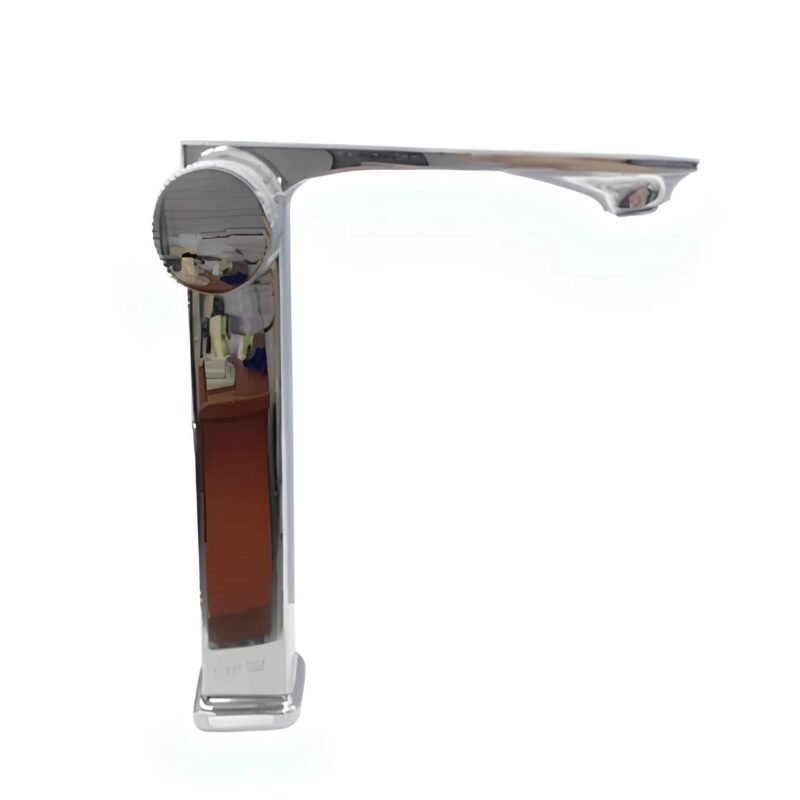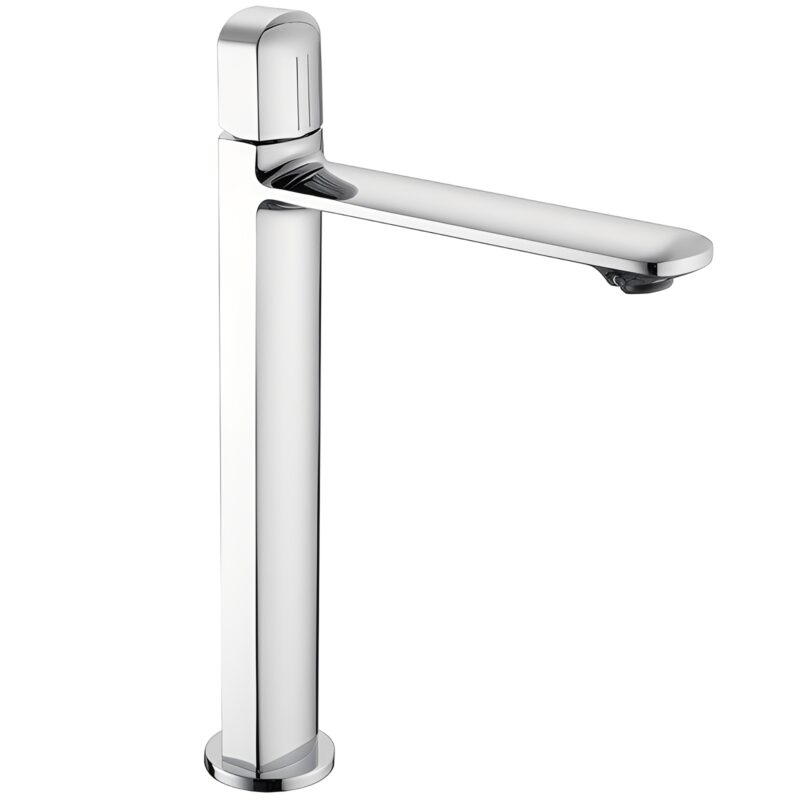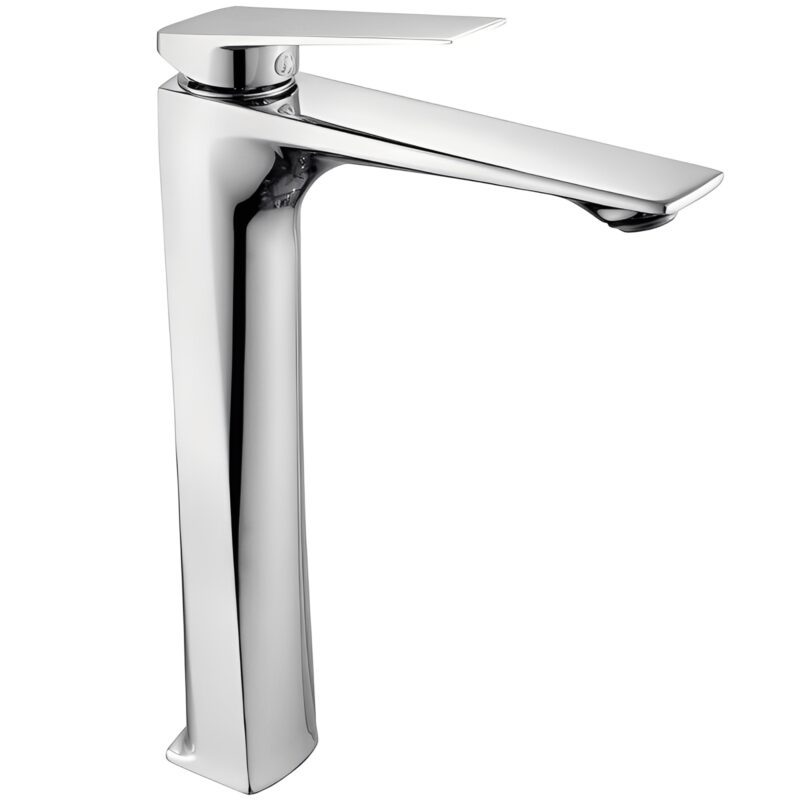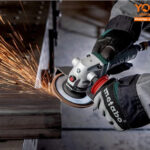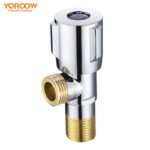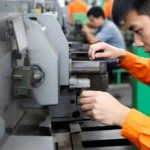YOROOW faucet factory is committed to the manufacture of high-quality faucets. The entire production process covers multiple key links such as design, mold making, casting, polishing, machining, electroplating, assembly and testing. Each step is strictly controlled to ensure the durability, aesthetics and functional stability of the product. The following is a detailed introduction:
Table of contents:
(I)Design: Precise design lays the foundation for quality
Design is the first step in faucet production. The R&D team of the YOROOW factory will develop a reasonable faucet design plan based on market trends, user needs and ergonomic principles. In this process, several key steps are involved:
- Market research: Analyze consumer preferences to determine the faucet’s appearance, style, functional features, and material selection.
- Product modeling: Use CAD (computer-aided design) software to draw a three-dimensional model of the product and perform dimension calibration.

- Simulation analysis: Use CFD (computational fluid dynamics) software to simulate water flow conditions, optimize water discharge methods, and improve water flow stability and water-saving performance.
- Structural optimization: While ensuring the beautiful appearance of the faucet, optimize the internal structure, enhance durability, and consider the convenience of installation.
After the final design is approved, it will enter the mold making stage.
(II) Mold production: high-precision molds to ensure casting quality
- The mold determines the shape and precision of the faucet and is a critical part of the production process. YOROOW factory uses CNC (computer numerical control) processing and EDM technology to make high-precision molds. The main process is as follows:
- Mold design: According to the faucet 3D model, design the structure of the casting mold to ensure that it meets the casting process requirements.

- CNC machining: Use high-precision CNC equipment to perform fine cutting on the mold to ensure that the dimensions of each part are accurate.
- Heat treatment: Quench and temper the mold to improve its hardness and wear resistance and extend its service life.
- Grinding and polishing: Use fine grinding tools to process the mold surface to ensure that the surface of the cast faucet blank is smooth and free of defects.
After the mold is made, it enters the casting stage.
(III) Casting: Precision casting to ensure the quality of the blank
Casting is a key process that determines the overall structure and durability of the faucet. YOROOW factory mainly uses gravity casting or precision casting technology to ensure that the faucet castings are dense and defect-free.
Casting process:
- Raw material smelting: Select high-quality brass, stainless steel or zinc alloy as raw materials, smelt them in a high-temperature furnace, control the smelting temperature, and ensure the purity of the molten metal.
- Pouring: Pour the molten metal into the mold and fill the mold cavity using gravity or vacuum casting to avoid bubbles and inclusions.
- Cooling and forming: After a period of cooling, the metal solidifies and forms a faucet blank.

- Demolding: Remove the castings mechanically or manually, conduct preliminary inspection, and remove unqualified products.
- Cleaning: Remove burrs, oxide scale, and perform surface finishing to prepare for subsequent processing.
After casting is completed, it enters the polishing stage.
(IV) Polishing: Fine grinding to improve appearance quality
The surface of the faucet after casting will have burrs, oxide layers or slight flaws, so it needs to be polished. YOROOW factory uses a combination of automatic polishing + manual fine polishing to make the faucet surface smooth and bright. Polishing process:
- Rough grinding: Use tools such as grinding wheels and grinding belts to remove uneven surfaces and improve surface flatness.
- Water grinding: Use water grinding technology to remove tiny burrs and enhance surface fineness.

- Fine polishing: Use high-speed polishing equipment to make the metal surface smooth and shiny, providing a good foundation for electroplating.
- Inspection: Ensure that the surface is free of scratches and pits and meets the smoothness standards.
After polishing, the faucet enters the machining stage.
(V) Machining: Precision machining to ensure accurate installation
Machining mainly involves precise cutting and processing of castings to ensure that the internal water channels of the faucet are unobstructed and that the various components can be accurately assembled. YOROOW factory uses CNC lathes, drilling machines, tapping machines and other high-precision equipment for processing. The process is as follows:
- Drilling: Accurately drill the necessary holes such as water inlet, water outlet, installation holes, etc.
- Tapping: Tap the threaded interface to ensure a tight connection with the water pipe or hose.
- Inner cavity finishing: ensure that the waterway is smooth and unobstructed, improve water flow and anti-leakage ability.
- Quality inspection: Use a three-dimensional coordinate measuring machine (CMM) to check the dimensions of each part to ensure that the tolerance is within the standard range.
After machining, it enters the electroplating stage.
(VI) Electroplating: High-standard surface treatment to improve durability
Electroplating can enhance the corrosion resistance and oxidation resistance of the faucet and improve its aesthetics. YOROOW factory uses multi-layer nickel plating + chrome plating process to make the faucet surface smooth, bright, wear-resistant and corrosion-resistant . Electroplating process:
- Pre-treatment: Clean the faucet surface to remove oil and oxide layer.
- Copper plating: enhances the adhesion of the electroplating layer.
- Nickel plating: increases corrosion resistance and improves surface gloss.

- Chrome plating: enhances wear resistance and makes the faucet more metallic.
- Drying and curing: ensure that the coating is uniform and firm.
After electroplating, it enters the assembly stage.
(VII) Assembly: Precision assembly to ensure stable functions
YOROOW factory strictly follows the standard process to assemble faucets, including installing key components such as valve core, spout, hose, etc. The assembly process is as follows:
- Valve core installation: ensure that the faucet switches flexibly and has a long service life.
- Seal installation: prevent water leakage and improve the sealing of the faucet.

- Water outlet installation: ensure that the water flows evenly and smoothly to avoid splashing.
- Installation of handles and control components: ensure comfortable hand feel and sensitive operation.
(VIII) Testing: Strict testing to ensure quality
All faucets undergo rigorous testing before leaving the factory, including:
- Air tightness test: Check for tiny leaks.
- Water pressure test: simulates household water pressure environment to ensure there will be no bursting or leaks.

- Flow test: Check whether the water flow is stable and meets the water-saving standards.
- Salt spray test: Test the anti-corrosion ability to ensure long-term use without rust.
Only qualified products can be shipped after rigorous testing, ensuring that every faucet meets high quality standards.
Attachment: YOROOW faucet factory live process video, witness every manufacturing detail







